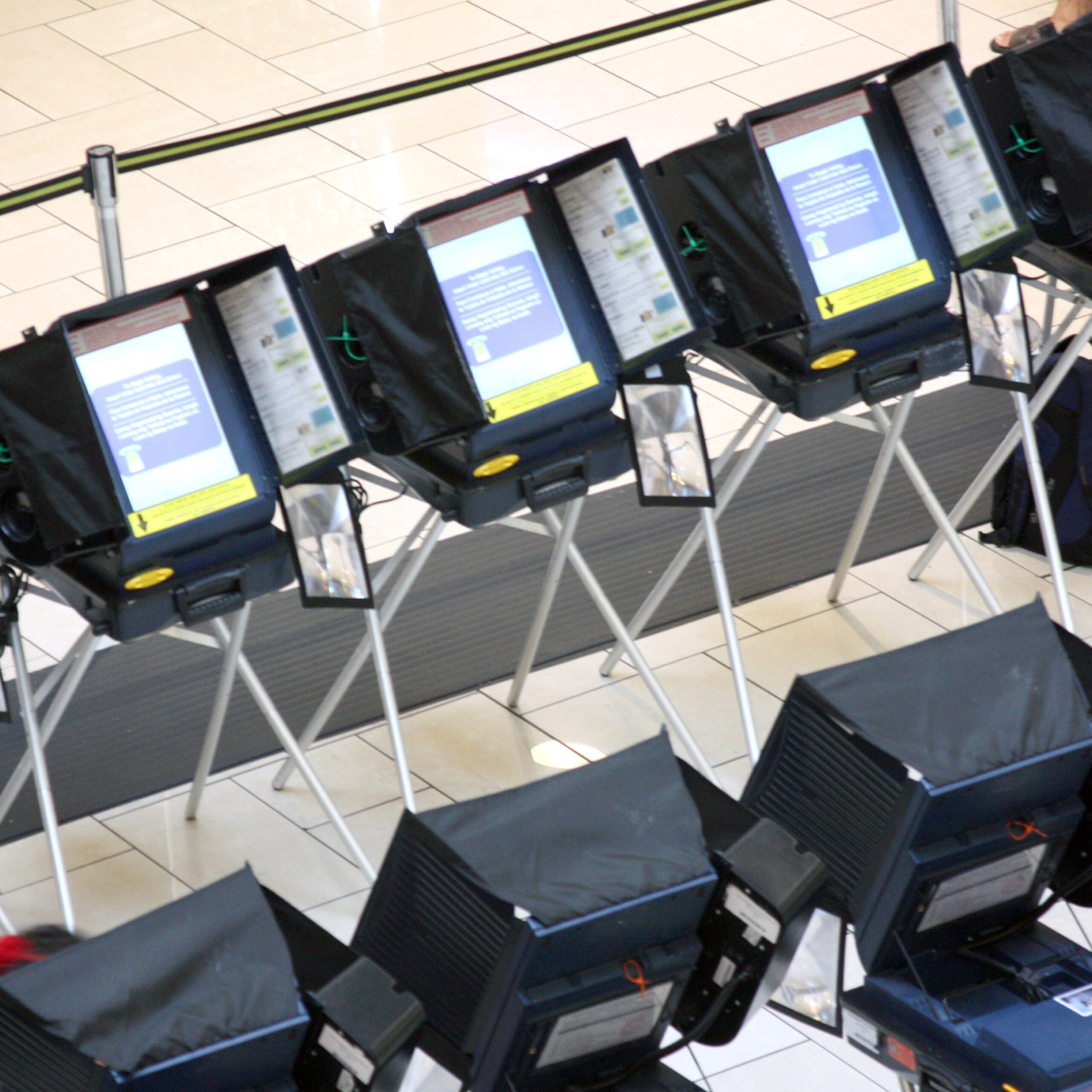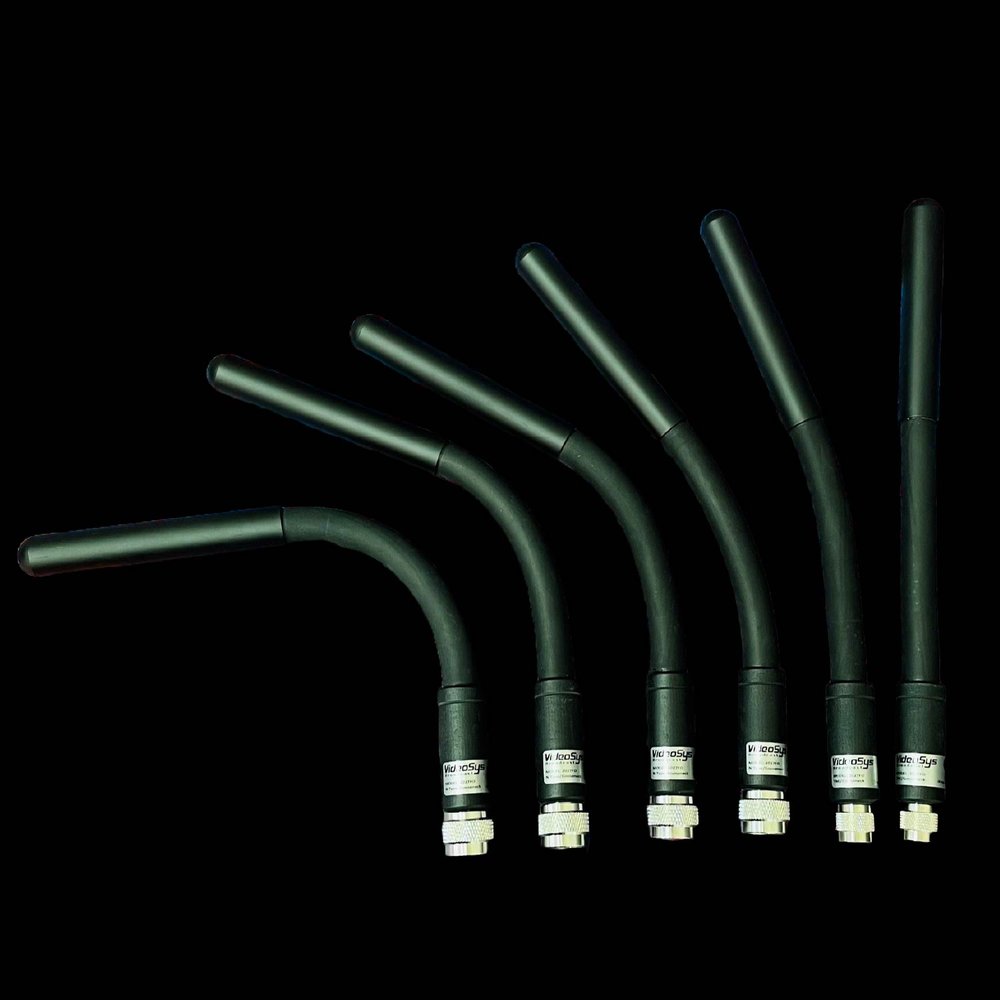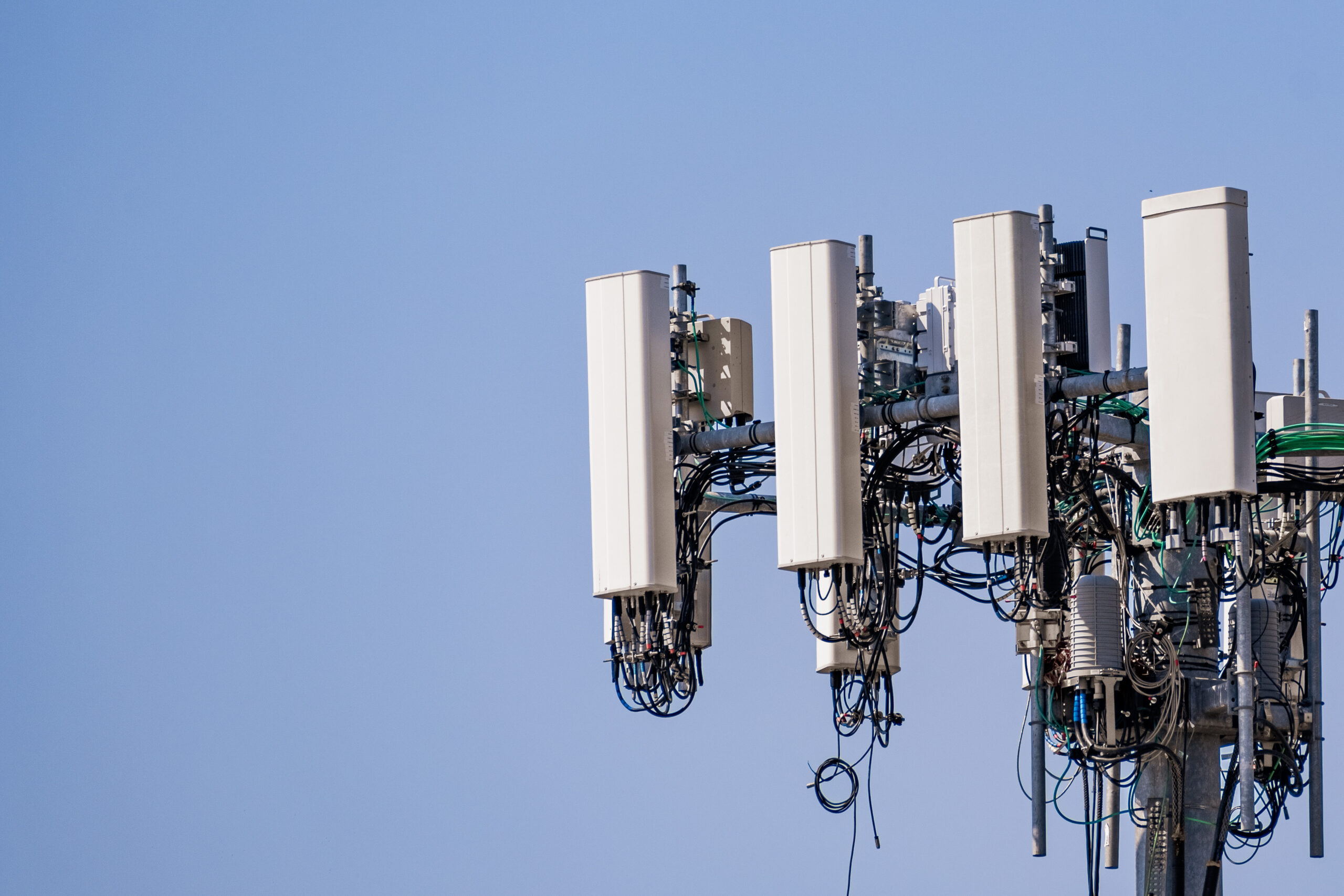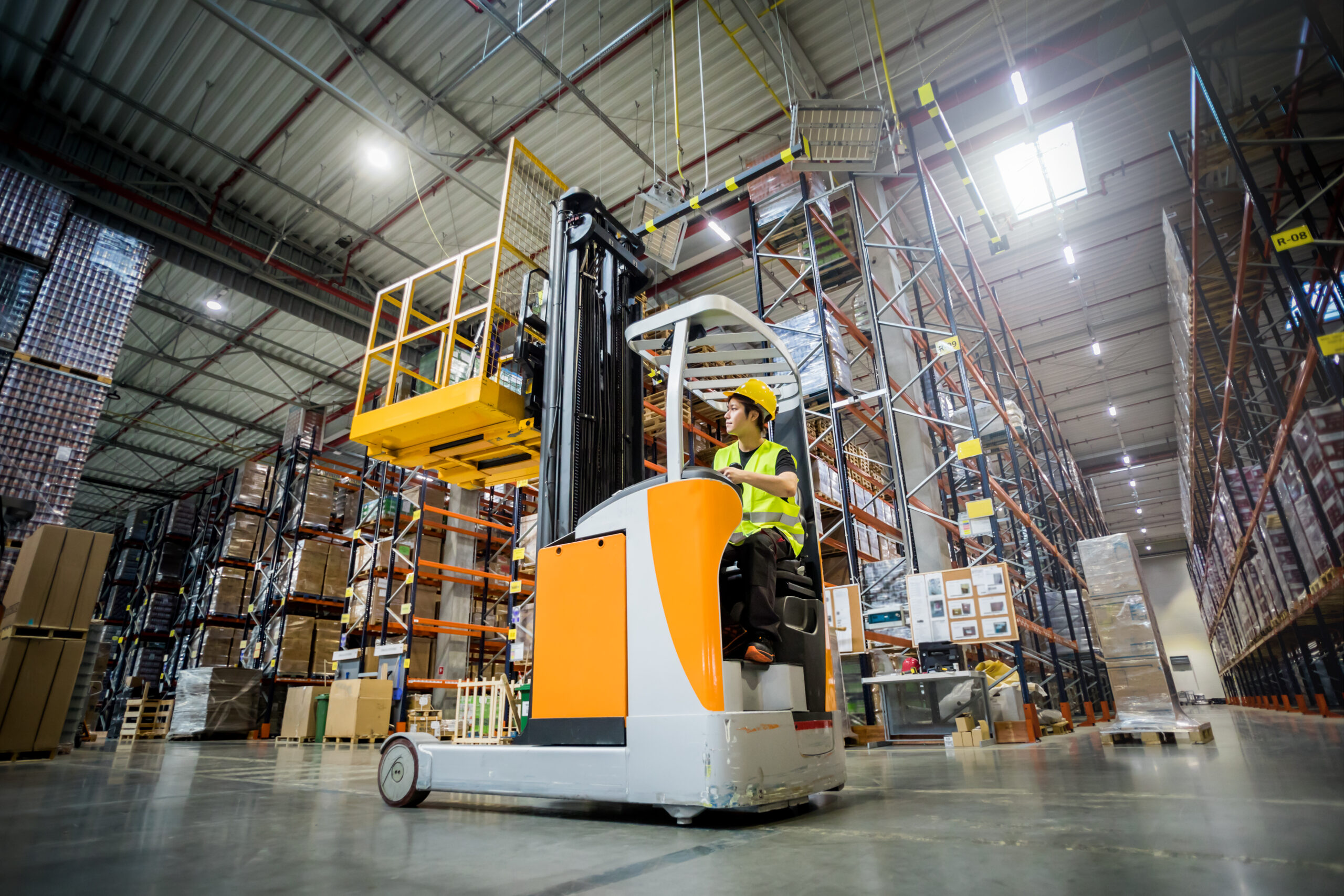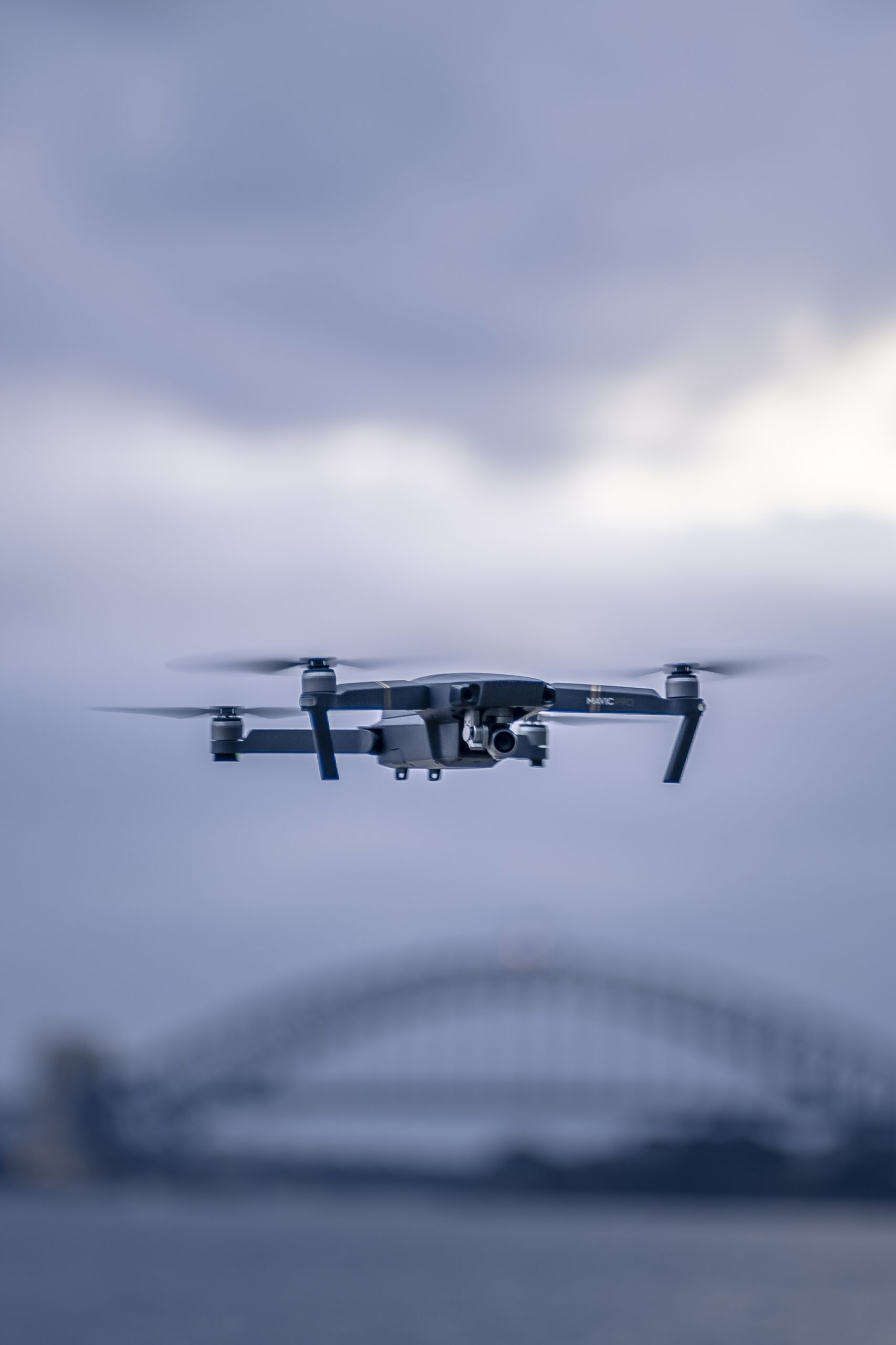Antennas and Election Machines
Elections are pivotal moments in any democratic society, where citizens exercise their right to choose their leaders. Ensuring a free, fair, and secure election process is paramount, and technology plays a crucial role in achieving this. Among the various technologies employed, antennas serve as silent yet vital players in the orchestration of modern elections. From facilitating secure communications to enabling real-time updates, antennas are indispensable in the electoral process. This blog post delves into the multifaceted roles that antennas play during elections, highlighting their significance in maintaining the integrity and efficiency of electoral operations.
Antennas and Secure Communication: Ensuring Secure Data Transmission
One of the primary uses of antennas in elections is to facilitate secure communication. During an election, transmitting data securely is of utmost importance. Whether it’s communicating voter turnout information, transmitting vote counts, or coordinating logistics, secure channels are crucial.
Antennas enable the use of encrypted radio and satellite communication systems. These systems allow election officials to transmit sensitive information without the risk of interception or tampering. For instance, antennas used in conjunction with satellite uplinks provide a secure and reliable means of transmitting data across vast distances, ensuring that even remote polling stations can communicate effectively with central election authorities.
Enabling Real-Time Communication
Election day is a dynamic event that requires constant communication among various stakeholders, including election officials, security personnel, and volunteers. Antennas are integral in establishing and maintaining these lines of communication.
Two-way radios, equipped with antennas, are commonly used to facilitate real-time communication. These radios allow election officials to coordinate activities, respond to emergencies, and manage any issues that arise during the voting process. The use of antennas ensures that these communications are clear and uninterrupted, even in areas with challenging topographies or in large, densely populated urban settings.
Antennas and Voting Technology
Supporting Electronic Voting Systems
In many regions, electronic voting machines (EVMs) and other digital voting systems have become standard. These systems often rely on antennas for wireless data transmission. For instance, EVMs equipped with antennas can communicate voting data to central servers in real-time, reducing the time required for vote counting and enhancing the efficiency of the electoral process.
Additionally, antennas are used in voter verification systems, which may employ biometric devices or smartcards to authenticate voters. These systems often need to communicate with a central database to verify voter identities, and antennas enable the wireless transmission of this data, ensuring that the verification process is both swift and secure.
Facilitating Remote Voting
In some cases, antennas play a role in facilitating remote voting solutions. For instance, in areas with limited infrastructure, mobile voting units equipped with antennas can be deployed to reach voters in remote or inaccessible locations. These units can connect to central election systems via satellite or cellular networks, ensuring that all eligible voters have the opportunity to cast their ballots, regardless of their location.
Antennas in Election Monitoring and Security
Real-Time Monitoring and Reporting
Election monitoring is crucial for ensuring the transparency and fairness of the electoral process. Antennas facilitate real-time monitoring by enabling the transmission of live video feeds and other data from polling stations to central monitoring hubs. This capability allows election observers to monitor activities at polling stations in real-time, ensuring that any irregularities or issues can be addressed promptly.
For instance, antennas used in conjunction with drones or mobile surveillance units can transmit live video feeds from polling stations to monitoring centers. This real-time visibility helps election officials and observers detect and address potential problems, such as voter intimidation or equipment malfunctions, as they occur.
Enhancing Election Security
Security is a critical aspect of any election. Antennas play a key role in enhancing election security by enabling secure communication between law enforcement and election officials. This communication is essential for coordinating security efforts, responding to incidents, and ensuring the safety of voters and election workers.
Antennas also support the deployment of security systems at polling stations. For example, wireless surveillance cameras equipped with antennas can transmit live video footage to security personnel, allowing for real-time monitoring of polling station activities. This capability helps to deter and detect any attempts at voter fraud or other election-related misconduct.
The Future of Antennas in Elections
As technology continues to evolve, the role of antennas in elections is likely to expand. Emerging technologies such as 5G and the Internet of Things (IoT) promise to enhance the capabilities of election systems, enabling faster, more reliable, and more secure communication.
In the future, antennas may facilitate the use of advanced election technologies such as blockchain-based voting systems and augmented reality tools for voter education and engagement. These innovations have the potential to make the electoral process even more transparent, efficient, and accessible.
Conclusion
Antennas are the unsung heroes of modern elections, playing a crucial role in ensuring secure communication, supporting voting technologies, and enhancing election monitoring and security. As we look to the future, the continued advancement of antenna technology promises to further revolutionize the way we conduct elections, making them more efficient, secure, and accessible for all.
By understanding and appreciating the role of antennas in the electoral process, we can better appreciate the technological backbone that supports the democratic exercise of voting. Whether through enabling secure data transmission, facilitating real-time communication, or supporting advanced voting technologies, antennas are integral to the integrity and success of elections.

